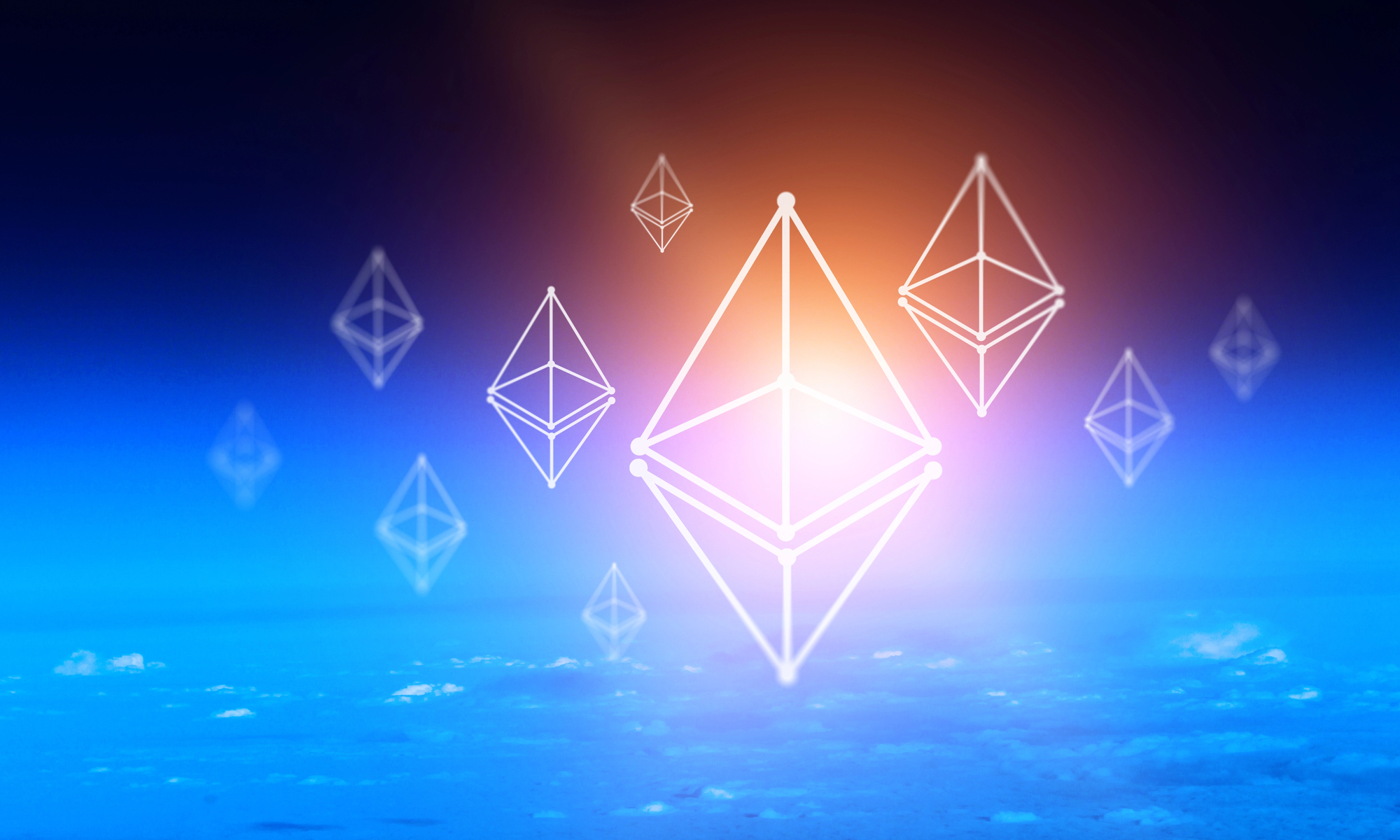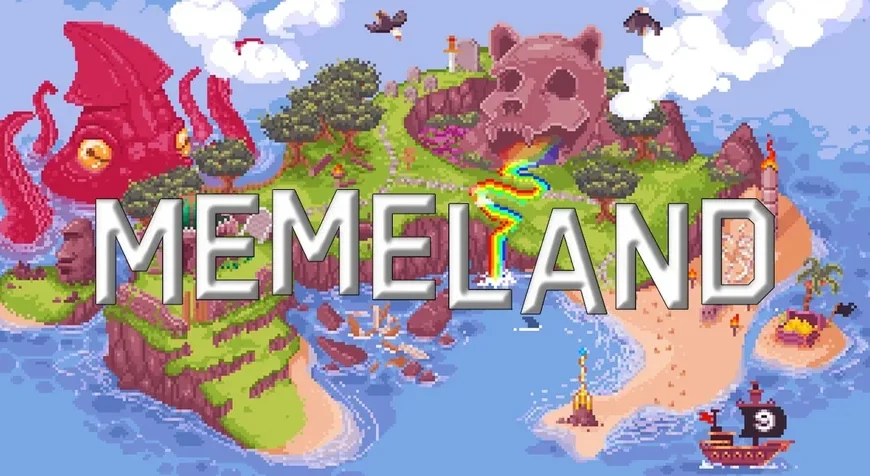
In the ever-evolving landscape of blockchain technology, Ethereum stands out as a frontrunner. However, with great success comes significant challenges, especially in terms of scalability and transaction costs. This is where Layer 2 solutions come into play, particularly focusing on rollups, sidechains, and validiums. Let’s dive deep into these technologies, exploring how they reshape the Ethereum ecosystem and enhance its capabilities.
Table of Contents
- Understanding Layer 2 Solutions
- Types of Layer 2 Solutions
- Benefits of Layer 2 Solutions
- Challenges and Risks
- Conclusion
- FAQs
Understanding Layer 2 Solutions
Layer 2 solutions are secondary frameworks built on top of primary blockchains (Layer 1) like Ethereum. They address the scalability issues that arise as more users join the network, leading to congestion and increased transaction fees. By offloading some of the workloads, these solutions enable faster transactions and lower costs.
Types of Layer 2 Solutions
Rollups
Rollups are a popular Layer 2 solution that bundle multiple transactions into a single batch, which is then submitted to the main Ethereum blockchain. This reduces the load on Layer 1 and enhances transaction throughput.
Optimistic Rollups
Optimistic rollups assume that all transactions are valid unless proven otherwise. This means that they can process transactions quickly, but they come with a challenge period where users can dispute transactions. This model allows for faster processing but can result in longer finality times due to the need for potential fraud detection.
Zero-Knowledge Rollups (ZK Rollups)
ZK rollups utilize advanced cryptographic proofs known as zero-knowledge proofs to validate transactions. They generate and submit a validity proof for each batch of transactions, allowing Ethereum’s Layer 1 to verify them quickly. Here are some key benefits:
- Near Instant Finality: Transactions are confirmed much faster.
- Enhanced Privacy: ZK rollups offer better privacy compared to optimistic rollups.
- Stronger Security: They provide a more secure environment for transactions.
However, ZK rollups also have drawbacks. They are more complex and expensive to implement, and generating the necessary ZK proofs requires significant computational resources.
Sidechains
Sidechains are independent blockchains that run in parallel to Ethereum and connect to it via two-way bridges. They allow for faster and cheaper transactions but come with their own security mechanisms, which may not be as robust as Ethereum’s main chain. Notable examples include:
- Polygon: A sidechain that enhances Ethereum’s scalability.
- Gnosis Chain: Designed for high throughput and flexibility.
Validiums
Validiums operate similarly to ZK rollups but store transaction data off-chain. This significantly reduces the storage burden on the main blockchain, allowing for higher scalability. However, this model introduces trust issues as users must rely on external data availability committees to maintain data integrity.
Benefits of Layer 2 Solutions
Layer 2 solutions bring numerous advantages to the blockchain ecosystem:
- Increased Scalability: They process transactions off-chain, boosting overall transaction capacity.
- Lower Transaction Fees: By bundling transactions, they reduce costs, especially during peak times.
- Faster Transactions: Transactions on Layer 2 networks generally occur faster than on Layer 1.
- Enhanced Smart Contract Efficiency: They handle smart contract operations efficiently, making them suitable for decentralized applications.
Challenges and Risks
While Layer 2 solutions offer substantial benefits, they also present risks. For example, sidechains may have less robust security compared to the main Ethereum chain, and validiums rely on external parties for data storage, raising concerns about centralization.
Conclusion
Layer 2 solutions like rollups, sidechains, and validiums are crucial for the future of Ethereum and blockchain technology. They address key scalability issues, enabling faster transactions and lower costs while maintaining the security of the underlying blockchain. As these technologies continue to evolve, they will play a pivotal role in driving blockchain adoption and enhancing user experiences.
FAQs
What are the main types of Layer 2 solutions?
The main types include rollups (optimistic and zero-knowledge), sidechains, and validiums.
How do ZK rollups differ from optimistic rollups?
ZK rollups use zero-knowledge proofs for validation, providing faster confirmation and enhanced privacy, while optimistic rollups assume all transactions are valid unless challenged.
What are the risks associated with sidechains?
Sidechains have their own security mechanisms, which may not be as robust as Ethereum’s, leading to potential vulnerabilities.
Why are Layer 2 solutions important for Ethereum?
They help Ethereum scale by increasing transaction throughput and reducing costs, addressing the blockchain’s limitations in handling high volumes of transactions.


![Unlocking the Power of Fan Tokens: A Step-by-Step Guide [Part 1]](https://coinqlo.com/wp-content/uploads/2024/12/Depositphotos_503743464_L-870x570.jpg)
![Creating Your Own Fan Token: A Step-by-Step Guide [Part 2]](https://coinqlo.com/wp-content/uploads/2024/12/0a6e2bc8-7679-4f96-8e43-ff7dfa1eca25-870x570.png)